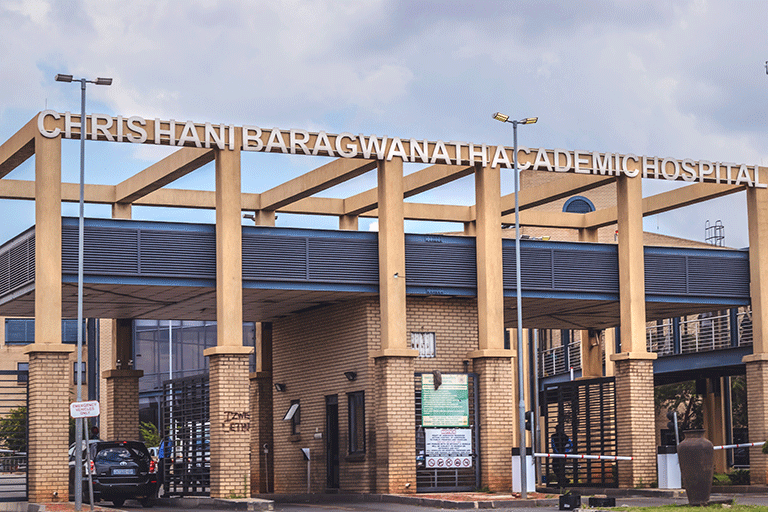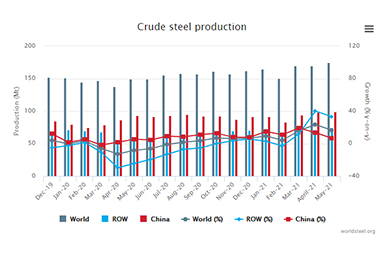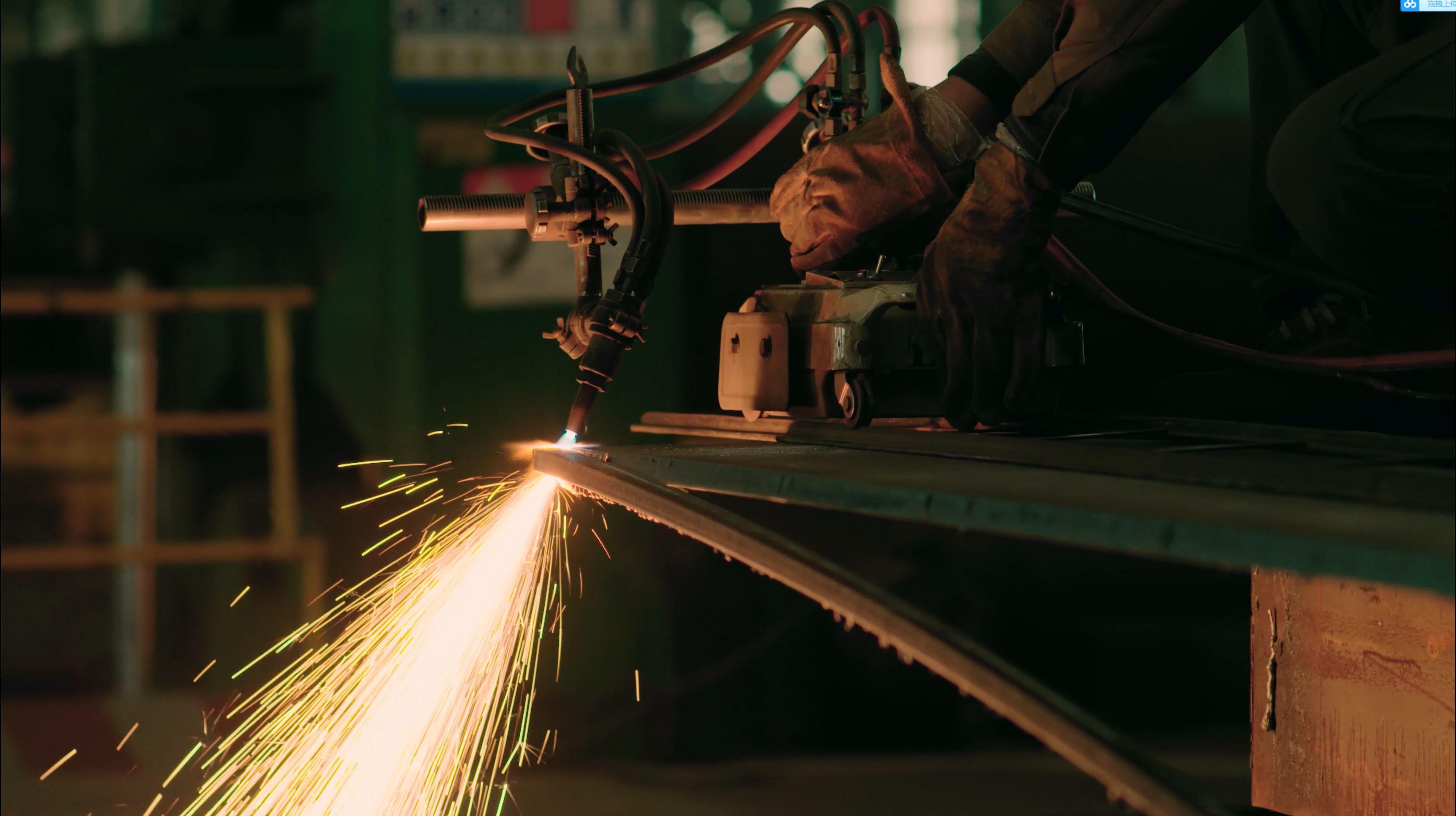A new Covid-19 facility has been built in just eight months in Soweto, South Africa, by using innovative building technologies to reduce construction time.

In response to the surge in hospitalisations as a result of the Covid crisis, Enza Construction was commissioned to design and build the sorely needed facility in July 2020. This new wing, called the Bara500 unit, was an expansion to the Chris Hani Baragwanath Hospital complex.
The third largest hospital in the world, and the largest in Africa, this complex covers 70 hectares and has 3,200 beds and 6,700 staff. The new wing adds 20 wards, a reception area and triage unit, expanding the hospital by further 500 beds.
The hospital had to be built during a powerful wave of Covid that was hitting South Africa at the time. A phased approach was taken in order to meet the stringent timelines, with teams working under Covid distancing rules in sets of three eight-hour shifts, seven days a week for nearly the entire duration of the contract.

The expansion to Africa’s largest hospital – Chris Hani Baragwanatha – is one of the first on the continent to use a light steel frame solution
A light steel frame solution
An unprecedented working situation and timeline called for an unprecedented solution, and the Bara500 unit would be one of South Africa’s first hospitals designed using light steel frame (LSF).
The new wing is separated into 14 single-storey modular structures which expand the floor area by 23,000m2. Trumod, a specialist provider of alternative building solutions, was brought in to provide the 470 tonnes of light steel frame that would be needed for the extension.
Trumod’s system is highly versatile, with the company able to use light steel frame for everything from load-bearing structures, to interior walls, as well as flooring, roof sheeting and facades. Due to its ability to be manufactured off-site, LSF had the added benefit of limiting the number of workers required on site, which was of paramount importance with Covid restrictions in place.
In addition to being 100% recyclable, LSF can reduce the weight of building envelopes by up to 90%.
The use of internationally recognised CAD software, paired with high-speed light steel roll formers, means that off-site production also resulted in speedy construction as pieces were manufactured swiftly and to a high degree of accuracy that simplifies on-site assembly.
Trumod began rolling and assembly of the LSF roof trusses and wall panelling in early August and was able to complete production by mid-October. This resulted in an eight-week turnaround that exceeded delivery expectations and allowed the project to remain on schedule following initial engineering complications at the hospital site.
The move away from traditional concrete construction methods for projects of this nature has the added benefit of reducing the environmental impact of large infrastructure. In addition to being 100% recyclable, LSF can reduce the weight of building envelopes by up to 90%. This reduces the need for energy- and material-intensive foundations and requires less material delivered to sites overall, lowering emissions.
With the last of the steel-built hospital beds delivered to the site in early February, this expanded facility is ready to open and begin serving the people of South Africa. From its rapid design and approval phase, through to manufacture and on-site assembly in just eight months, this miracle project is a true showcase of what is possible with the power of steel.








 EXPOGROUP Supports The"GO GREEN"
EXPOGROUP Supports The"GO GREEN"